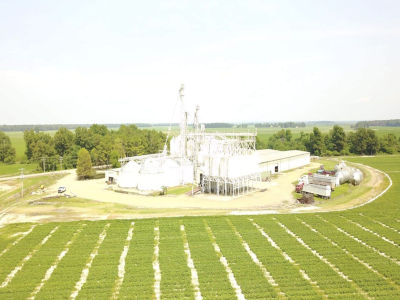By BRAD DOYLE
March has been relatively dry in our area of Arkansas, in the south-central U.S., so we’ve already gotten started on some fieldwork before planting. We’re excited to get started on this season, developing new soybeans and working with new traits. As soybean seed producers, we are a critical piece early in the soy supply chain, and we are figuring out how to keep moving as we manage challenges created by the spread of the coronavirus.
We’ve been going over our equipment for the farm and our Eagle Seed Company research plots to be sure it is updated and ready to go. We use large equipment on the farm to efficiently take care of all our fields. But research plots are small sections where we do trials and research, and we use smaller equipment customized for research to plant and care for them.

We’ve had a couple days dry enough to be in the fields, though forecasts call for another week of wet weather. But we’re hopeful for an early start to planting. That will be one way we can do our part to maintain food and feed supply through the current global situation.
We do a few things in our area to get fields ready to plant. In no-till fields, burndown herbicides get applied to kill all the weeds and vegetation growing the fields so they don’t compete with crops. Some area farmers have had airplanes apply burndowns, and a few spray rigs have been able to get into fields.